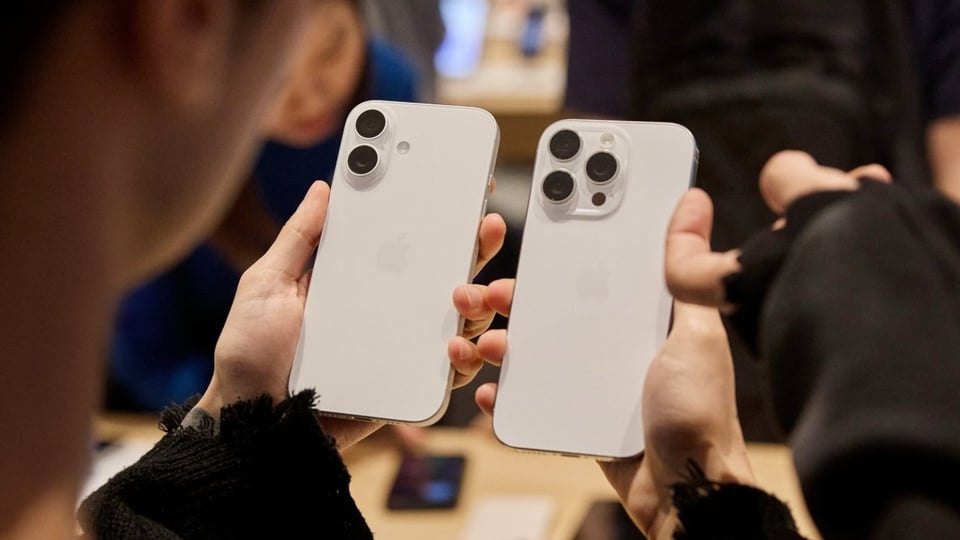 |
iOS used to be known as a rigid operating system. But that's a thing of the past. Photo: Apple . |
Here are the 6 most common iPhone myths and the truth behind them.
There is no “correct” way to charge an iPhone.
Apple has introduced a number of features to extend battery life. The iPhone 15 and later models have a battery life of up to 1,000 charge cycles, double that of previous generations. With features like Optimized Battery Charging and maximum charge limits, you might think there’s a “right way” to charge your device. That’s not the case.
Unlike older batteries, the current iPhone battery doesn’t suffer from the “memory effect.” So whether you leave your iPhone plugged in all day or only charge it when it drops below 20%, it’s perfectly acceptable. The goal is simply to make sure your device has enough power when you need it. Forget the myths and charge in the way that best suits your usage habits.
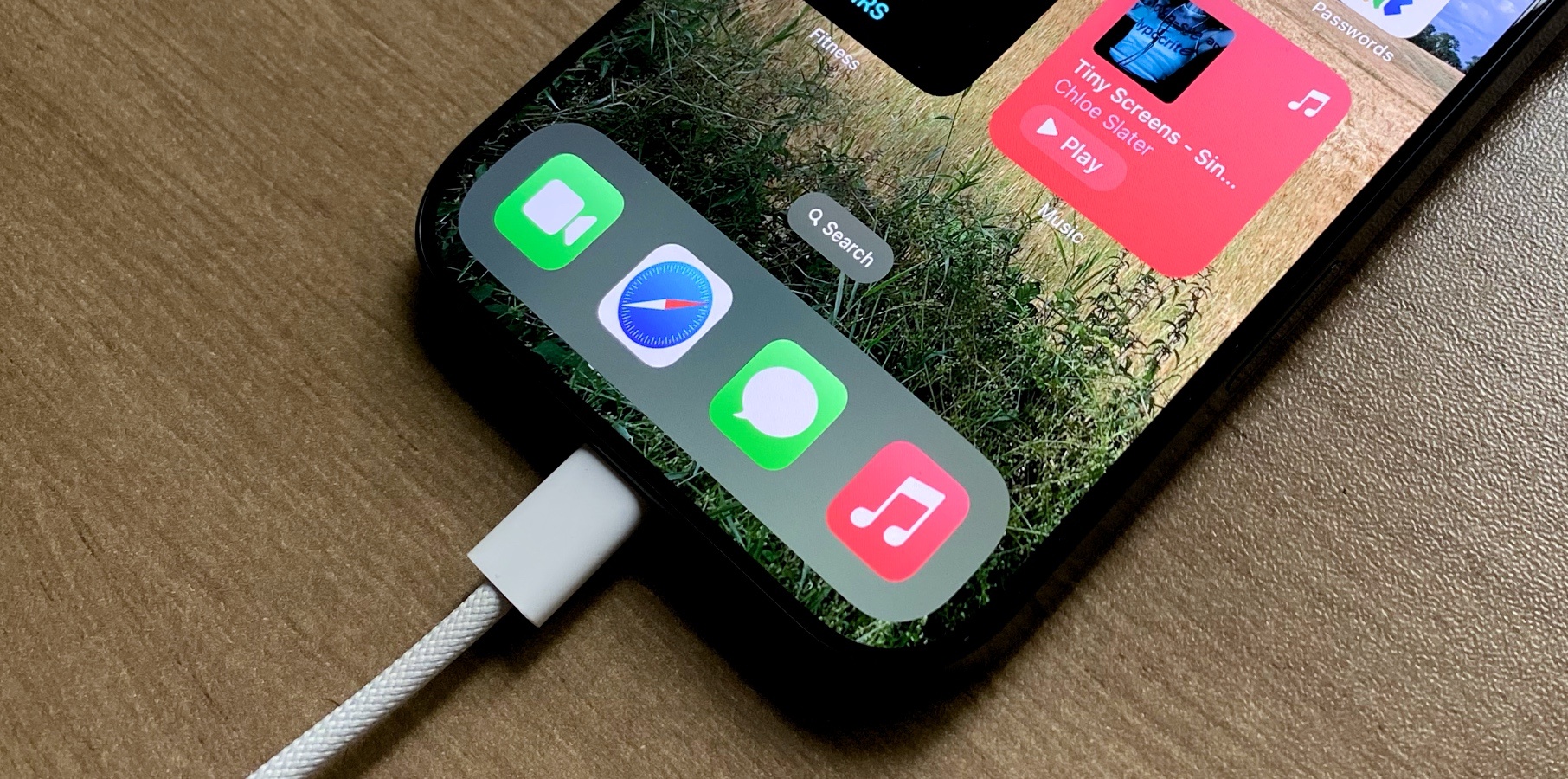 |
Many people think there is a “golden rule” to properly charge an iPhone. But the truth is, there is not. Photo: BGR. |
Closing background apps doesn't save battery
For years, people have believed that swiping away background apps would save battery life and improve performance. In fact, it can actually be counterproductive. If you frequently switch between Instagram, Facebook, and your favorite messaging apps, closing and reopening them will only make your iPhone work harder, leading to more battery drain.
Instead, just close apps you rarely use. For apps you use every day, let iOS take care of it. The operating system is now smart enough to optimize background performance as efficiently as possible.
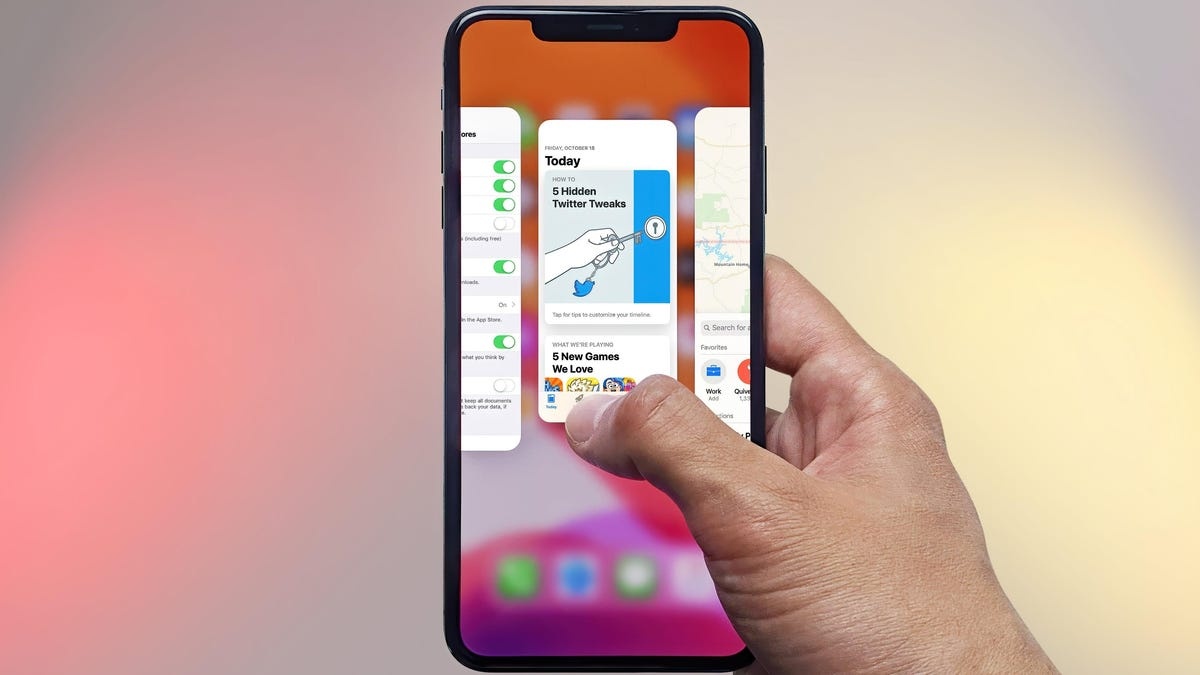 |
Constantly opening and closing apps makes the iPhone work harder, thereby consuming more battery. Photo: Quartz. |
Black wallpapers do not save battery significantly
When Apple first introduced the OLED display on the iPhone X, many people thought that setting a completely black wallpaper would save battery life. That's not true.
It's true that OLED displays can save a little power by displaying true blacks, but the difference is so small that you won't notice it in everyday use. The same principle applies to disabling the Always-On Display feature.
iOS is highly customizable
The days when iOS was considered a rigid operating system are long gone. Today, users can customize almost every setting on their iPhone, from home screen layout, app icon design, lock screen style to widgets. You can even create multiple home screen pages to serve different Focus Modes.
In fact, with so many options in iOS 18, setting up your iPhone can sometimes be overwhelming. If you have an Android friend who still thinks iOS is rigid, it's time to show them how flexible your iPhone is now.
The iPhone is no longer as rigid as it used to be. Photo: BGR. |
Don't turn off Bluetooth on iPhone
Right now, turning off Bluetooth does little to save battery life. Today's iPhones are equipped with extremely power-efficient connectivity chips, and performance continues to improve.
Keeping Bluetooth always on means you can instantly connect to your AirPods, sync seamlessly with your Apple Watch, and quickly share data via AirDrop. In short, just leave Bluetooth on.
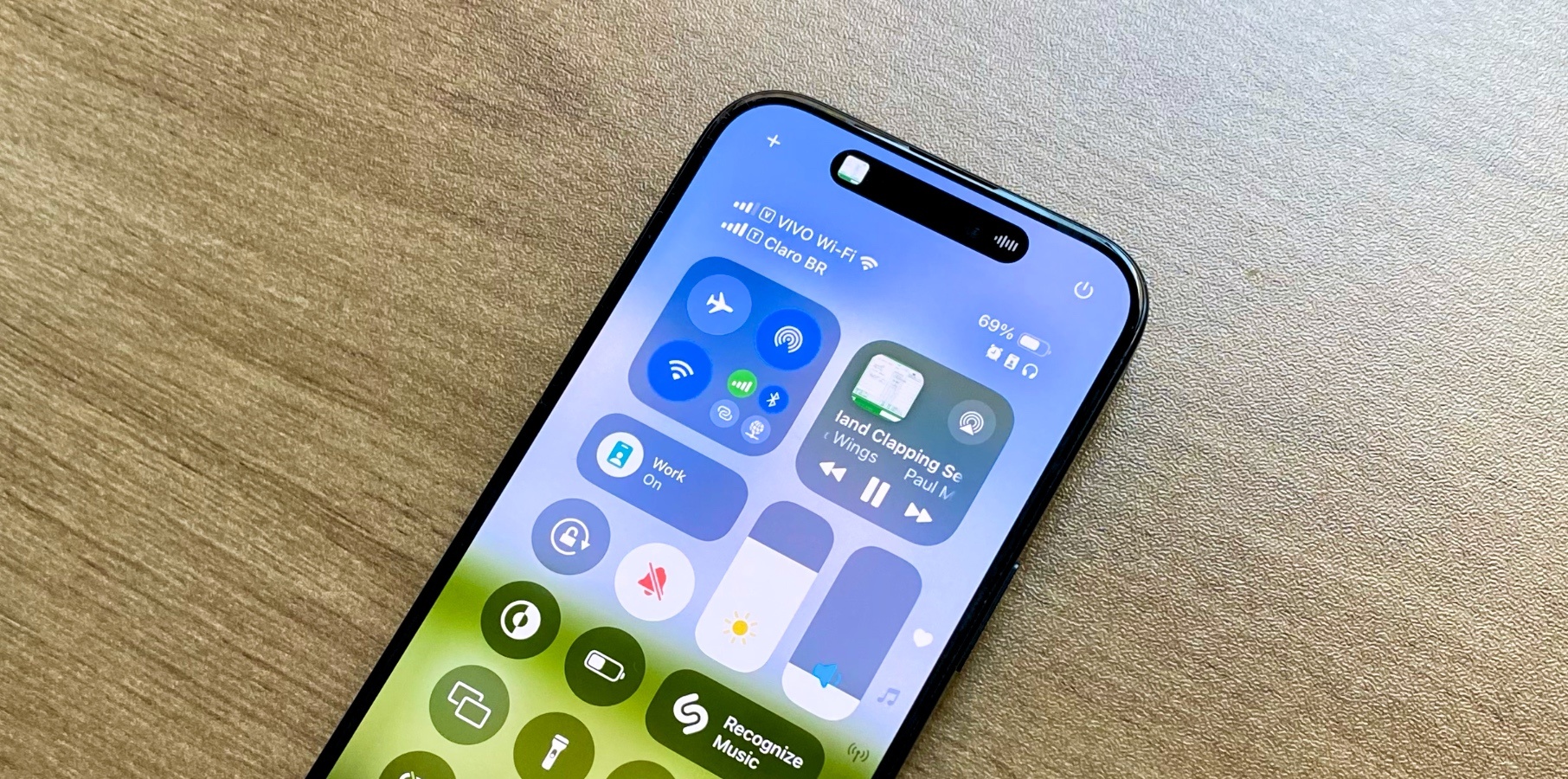 |
Turning off Bluetooth doesn't save battery as much as you might think. Photo: BGR. |
Ceramic Shield is tough, but not scratch-resistant
Apple regularly praises the Ceramic Shield technology in the iPhone, claiming it’s twice as tough as any Android competitor. Indeed, breaking an iPhone screen is now much harder than before.
However, scratch resistance is still far from ideal, according to BGR . In fact, the more impact resistance is improved, the more susceptible the iPhone screen is to light scratches and scuffs. If you want your phone screen to always be perfect, tempered glass is still an indispensable accessory.
Source: https://znews.vn/6-ngo-nhan-ve-iphone-post1549707.html


![[Photo] General Secretary To Lam meets with Chairman of the Federation Council, Parliament of the Russian Federation](https://vphoto.vietnam.vn/thumb/1200x675/vietnam/resource/IMAGE/2025/5/10/2c37f1980bdc48c4a04ca24b5f544b33)
![[Video] 24-hour news on May 9, 2025: General Secretary To Lam officially visits the Russian Federation and attends the 80th anniversary of Victory Day in the Great Patriotic War](https://vphoto.vietnam.vn/thumb/1200x675/vietnam/resource/IMAGE/2025/5/10/5eaa6504a96747708f2cb7b1a7471fb9)



![[Photo] Ho Chi Minh City: Many people release flower lanterns to celebrate Buddha's Birthday](https://vphoto.vietnam.vn/thumb/1200x675/vietnam/resource/IMAGE/2025/5/10/5d57dc648c0f46ffa3b22a3e6e3eac3e)
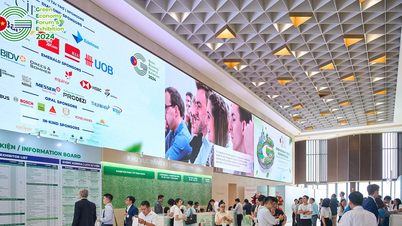


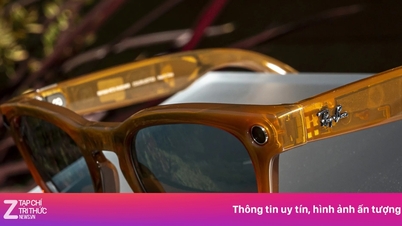
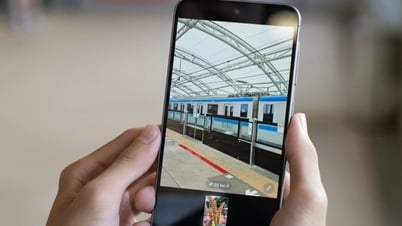











![[Photo] Russian military power on display at parade celebrating 80 years of victory over fascism](https://vphoto.vietnam.vn/thumb/1200x675/vietnam/resource/IMAGE/2025/5/9/ce054c3a71b74b1da3be310973aebcfd)


































































Comment (0)